Recessed lighting trim, any recommendation?
Henrietta Alvarado
5 years ago
Related Stories
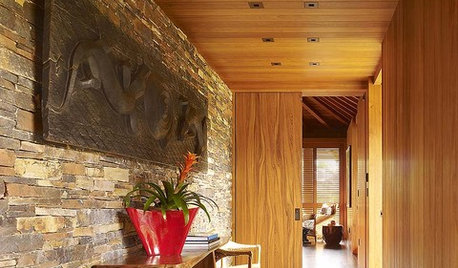
LIGHTINGRecessed Lighting 101
Looking to brighten a drab, dim space? Recessed lighting may be your answer. Here's what you need to know
Full Story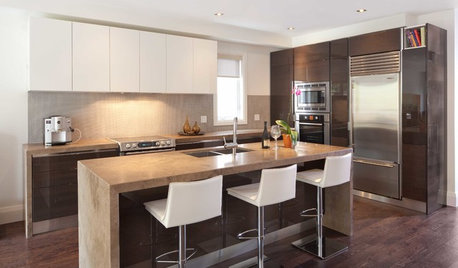
LIGHTINGGet Your Home's Recessed Lighting Right
Learn the formula for how much light a room needs plus how to space downlights, use dimmers and more
Full Story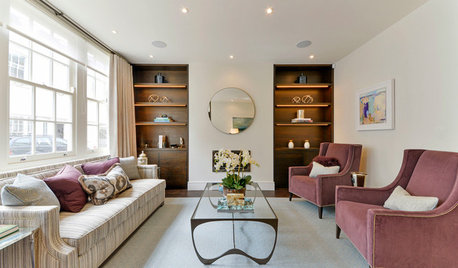
WORKING WITH PROSWhat to Know About Installing Recessed Lighting
Find out what can-light installation costs, how long it takes and what types of lights would work for your home
Full Story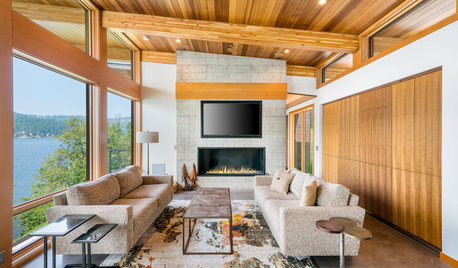
LIGHTINGThe Pros and Cons of Recessed Lighting
A lighting designer shares three things recessed lights do well and three things to watch out for
Full Story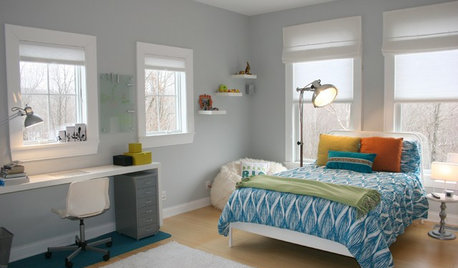
TRIMTrim Color Tips: Get Your White Trim Right
Set off wood tones, highlight architectural features, go minimalist ... white trim is anything but standard when you know how to use it
Full Story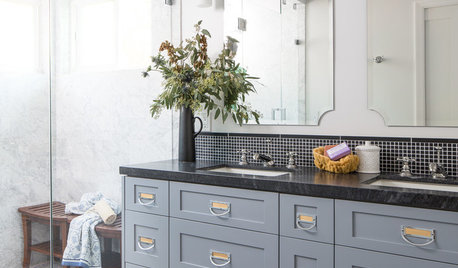
GRAYDesigners Share Their Favorite Light Gray Paints
These versatile neutrals can help create a range of moods in any room
Full Story
LIGHTINGHouse Hunting? Look Carefully at the Light
Consider windows, skylights and the sun in any potential home, lest you end up facing down the dark
Full Story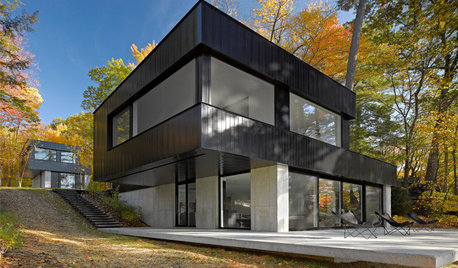
ARCHITECTUREDark Exterior, Light Interior: 6 Homes That Celebrate Contrast
They claim the best of both worlds and have a distinct wow factor. See if any of these high-contrast homes light a spark of curiosity
Full Story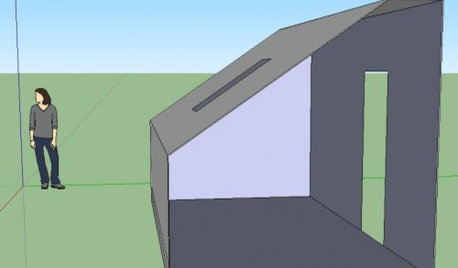
MORE ROOMSTell Us: How Would You Light This Room?
See if You Have the Solution For This Unusual Space
Full Story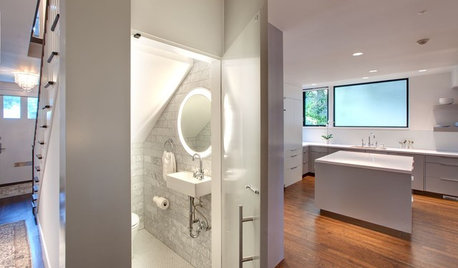
BATHROOM DESIGNLight-Up Mirrors Offer Bright Design Solutions
If you're taking a dim view of a problem bathroom area, try the flash of design brilliance that is the electric mirror
Full StoryMore Discussions









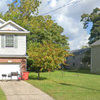
User
Natalie Hammond
Related Professionals
Ken Caryl Architects & Building Designers · Eau Claire Home Builders · Albany General Contractors · De Pere General Contractors · Dover General Contractors · Prichard General Contractors · Diamond Bar Lighting · Ridgefield Interior Designers & Decorators · Diamond Bar Decks, Patios & Outdoor Enclosures · Greendale Decks, Patios & Outdoor Enclosures · San Diego Furniture & Accessories · Cahokia Lighting · Evans Fireplaces · Fort Myers Flooring Contractors · Slidell Flooring ContractorsVirgil Carter Fine Art
User
User